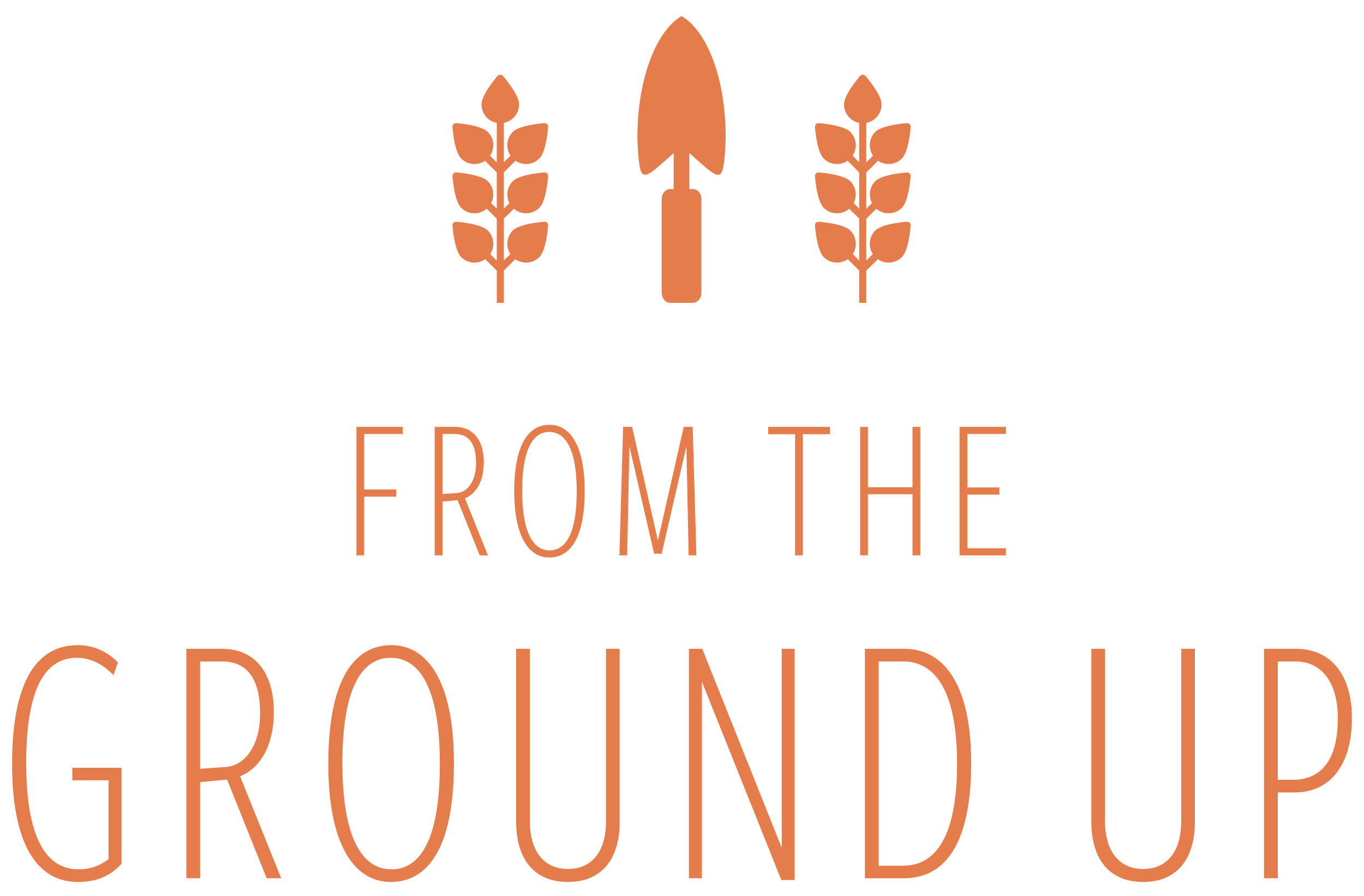Kale is the new Arugula
Kale dethrowned the reigning champ of the 90's Arugula for healthiest green. Moreover, it is being touted as the world’s most powerful superfood – featured on menus from our own La Salette in Sonoma to a plethora of books being devoted to planting and eating kale. I will leave it to you to discover recipes for kale chips, kale pancakes or the Caldo Verde soup; here’s a few fun facts and planting tips.
Kale is Cool
Leave your sunny garden spot for your tomatoes and peppers. With kale, think cold and bright. Since our summers include intense heat, most farmers I know tend to plant kale in either early spring or the autumn. However, I have successfully grown kale year-round. Kale likes moderate sun and appreciates temperatures from 20 to 65 degrees F. It can even tolerate a few freezing days! The colder it is the sweeter your kale will be, pick right after a frost and taste the difference.
If Kale Had a Dating Profile
Kale prefers soil that is not too rich or sandy, not too wet or dry. Not too hot or shady. Two to six hours of sun preferred over long walks on the beach! Sandy, heavy clay or lightweight soils will affect the flavor of harvested kale.
Kale Plant Nerd Speak
The leaf shapes are either Brassica nupus (curly or ruffled) or brassica oleracae (smoother leaves – think collards). Go for a soil PH of 5.5 to 6.8! Kale prefers planting zones from 5 through 9. Most of Sonoma is Planting Zone 9-10. Moreover, kale can be grown just fine in outdoor pots in a bright and light area.
Kale’s Best Friends
If you companion plant, kale’s BFFs are beets, celery, cucumbers, dill, garlic, hyssop, lettuce, mint, nasturtium, zinnias, onions, potatoes, rosemary, sage, spinach and swiss chard! What a “posse” this would make in your garden!
Kale’s Family Tree
Kale is a brassica (member of the broccoli family) with thousands of relatives! It is estimated that there are over 78,000 major brassicas in more than 130 countries throughout the world. Think arugula, cauliflower, watercress, radish, and wasabi as well as that cabbage from that “valley that shall be named” as kale’s cousins. The ever-popular dinosaur kale was discovered in Italy in the late 19th century.
Seedlings or Seeds?
Kale seedlings are available at farmers markets or even your friendly grocery store. One seed packet of kale will feed a family of four to six people. With seedlings, plant 12 inches apart. Since there are # varieties of kale, here’s a few that I have grown successfully in Sonoma:
Moreover, being a quarter Portuguese, a trip to The Seed Bank for Tronchuda or couve galega if you are in Portugal is a staple for my seed purchases.
Scarlet Kale, Black Tuscan (Lancinato) and Baby Kale are a few others I have had success with over the years.
Ornament or Salad?
Ornamental kale was first cultivated commercially during the 1980’s in California. Sometimes in landscaping plans, you will see “salad savoy” that is pale or deep green, white or purple. The flavor is mellow, and the texture is tender – however, I am not advocating harvesting someone else’s design!
Kale Growing Secret
Kale, like some varieties of zinnias, can be harvested from a cut and come-again plant. The more you harvest, the more it produces. You just cut the small leaves for your culinary creations, and they will grow back. Collect these leaves with a sharp knife or shears – should be able to harvest until kale flowers!
Tell us your favorite kale recipe! Do you eat your kale or drink it in green juice?




